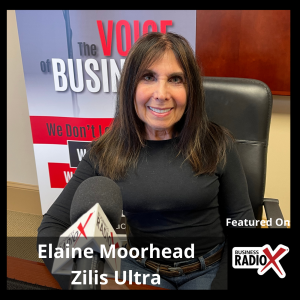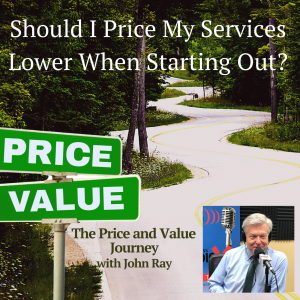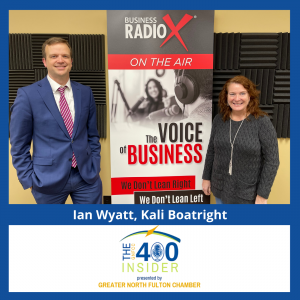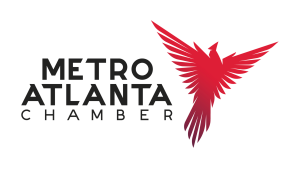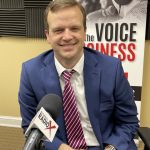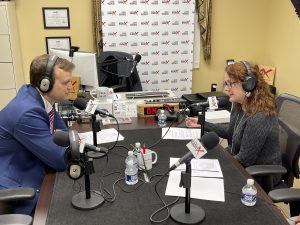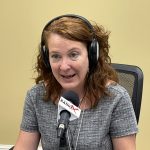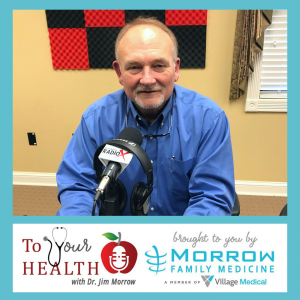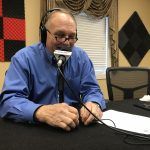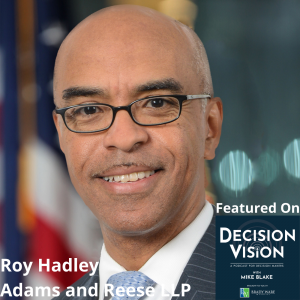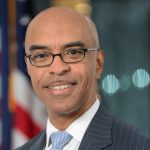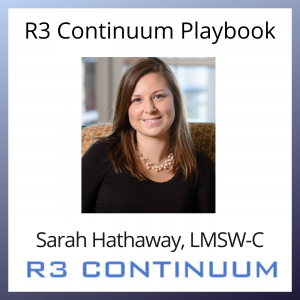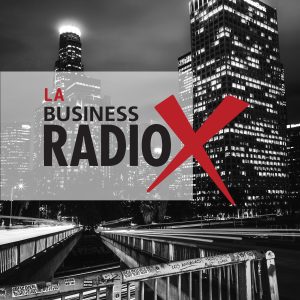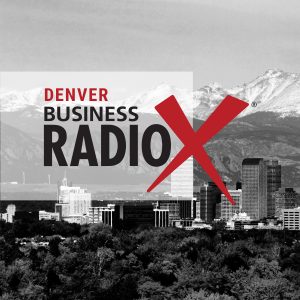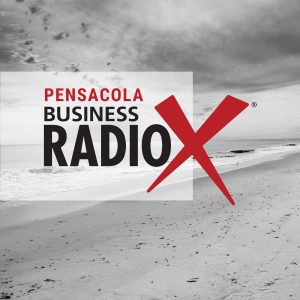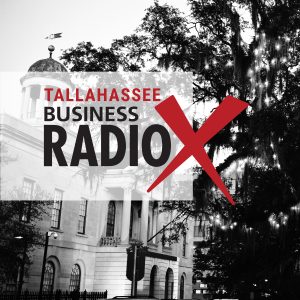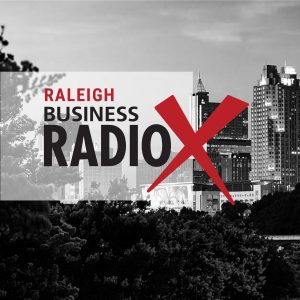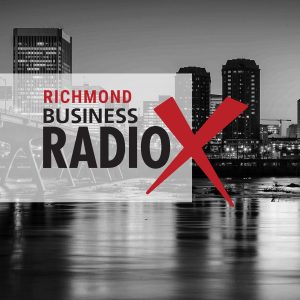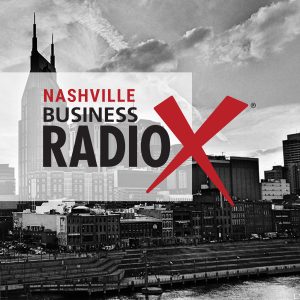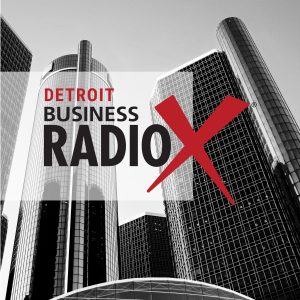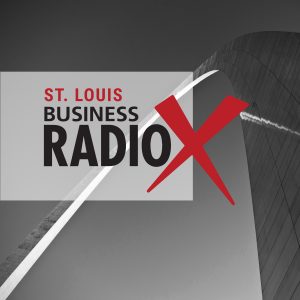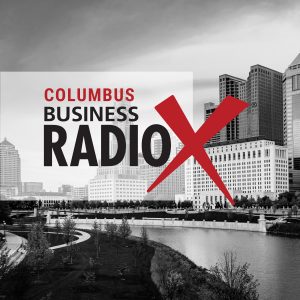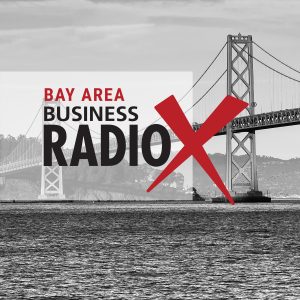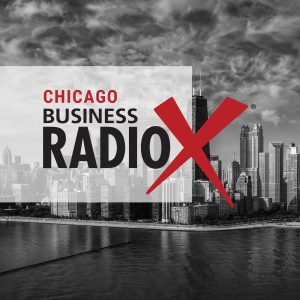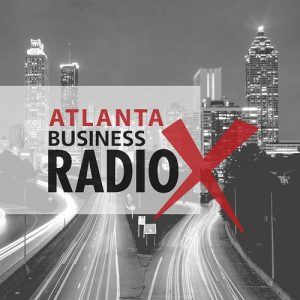Debra Axness, Webs By Deb, LLC (Minneapolis-St. Paul Business Radio, Episode 30)
Debra Axness, owner of Webs By Deb, shared her work in website design and social media marketing for small and micro-businesses. After a successful corporate career and time on a sailboat in the Caribbean, Deb chose to serve small businesses through building and consulting on their websites. She and host John Ray discussed her work and success stories, why website security is so vital, and much more. Minneapolis-St. Paul Business Radio is produced virtually by the Minneapolis St. Paul studio of Business RadioX®.
Webs By Deb, LLC
Webs by Deb offer the following services to businesses and organizations:
- WordPress Web Design – need a perk-up for your website or a new site built just for you from scratch? They specialize in small businesses, especially the trades.
- Search Engine Optimization – need a boost in your Google search ranking?
- Consulting – need an expert eye and honest appraisal of your website?
- Social Media Digital Marketing – need a business page for Facebook, Instagram, Twitter, LinkedIn, Nextdoor, Yelp, Pinterest?
Debra Axness, Owner, Webs by Deb, LLC
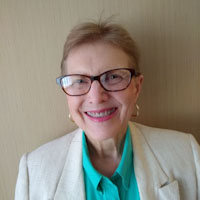
Debra Axness spent her career in technology, with 25 years of experience. Her experience includes years in the computer/software industry with companies such as Sperry Univac, Cray Research supercomputers, DeLuxe Corporation, and the Medical University of South Carolina (managing a brain imaging computer lab), working in programming, software architecture, and project management.
Debra is an active community member of Women Entrepreneurs of Minnesota (recently featured in the Monthly Member Spotlight), Women Venture’s Peer Circle for graduates, Joule Microbusiness Alliance, and the Minneapolis/St. Paul WordPress User Group.
Questions and Topics Discussed in this Episode
- How were you affected by the pandemic?
- What services does Webs By Deb offer?
- Adventure on a sailboat in the Caribbean
- Importance of businesses and organizations to have a website for online impact
- Importance of website security with a firewall
Minneapolis-St. Paul Business Radio is hosted by John Ray and produced virtually from the Minneapolis St. Paul studio of Business RadioX® . You can find the full archive of shows by following this link. The show is available on all the major podcast apps, including Apple Podcasts, Spotify, Google, Amazon, iHeart Radio, Stitcher, TuneIn, and others.
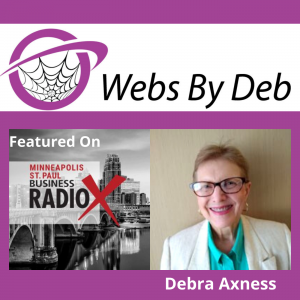


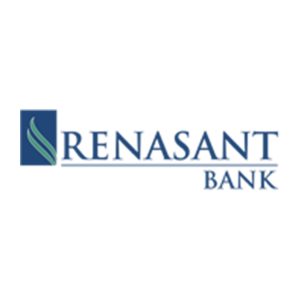
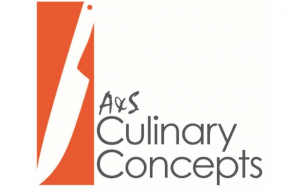 Special thanks to A&S Culinary Concepts for their support of this edition of North Fulton Business Radio. A&S Culinary Concepts, based in Johns Creek, is an award-winning culinary studio, celebrated for corporate catering, corporate team building, Big Green Egg Boot Camps, and private group events. They also provide oven-ready, cooked from scratch meals to go they call “Let Us Cook for You.” To see their menus and events, go to
Special thanks to A&S Culinary Concepts for their support of this edition of North Fulton Business Radio. A&S Culinary Concepts, based in Johns Creek, is an award-winning culinary studio, celebrated for corporate catering, corporate team building, Big Green Egg Boot Camps, and private group events. They also provide oven-ready, cooked from scratch meals to go they call “Let Us Cook for You.” To see their menus and events, go to 